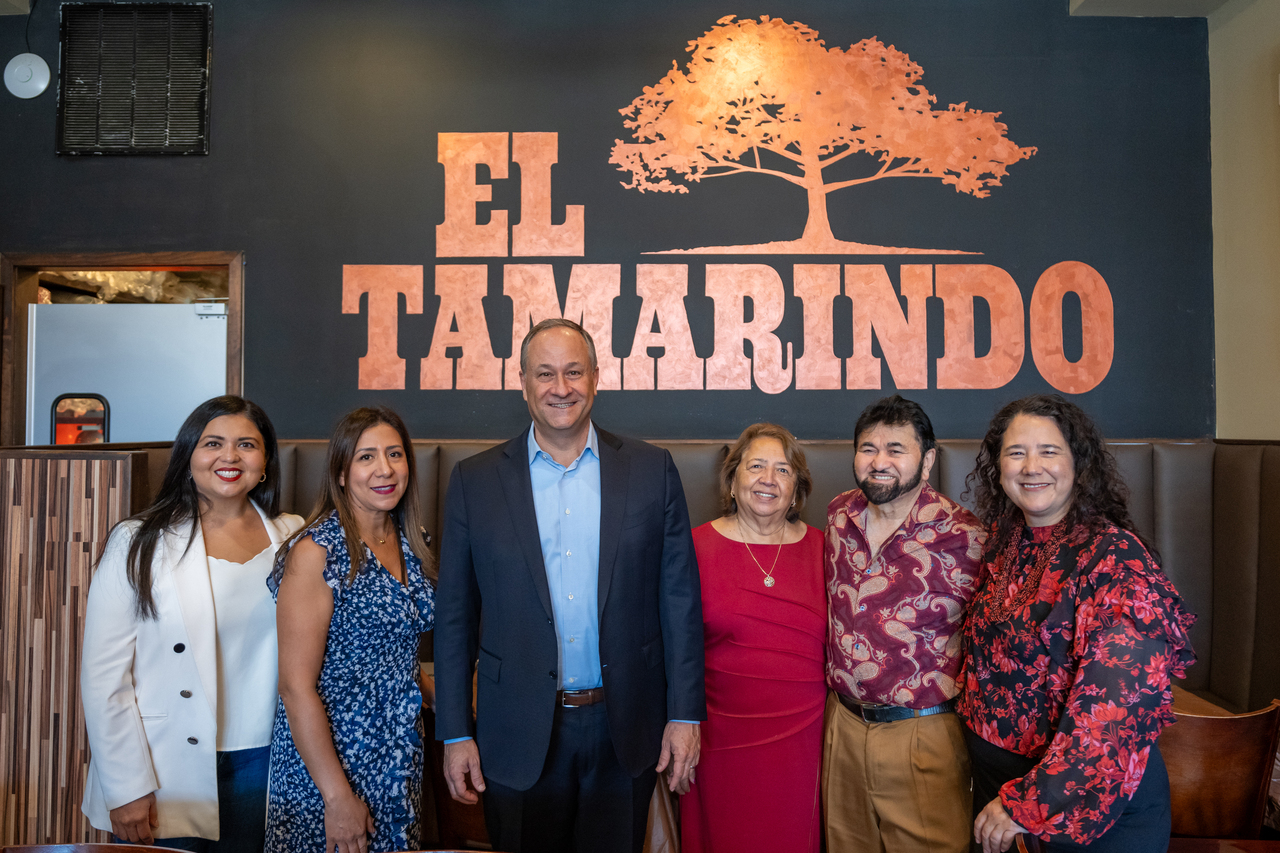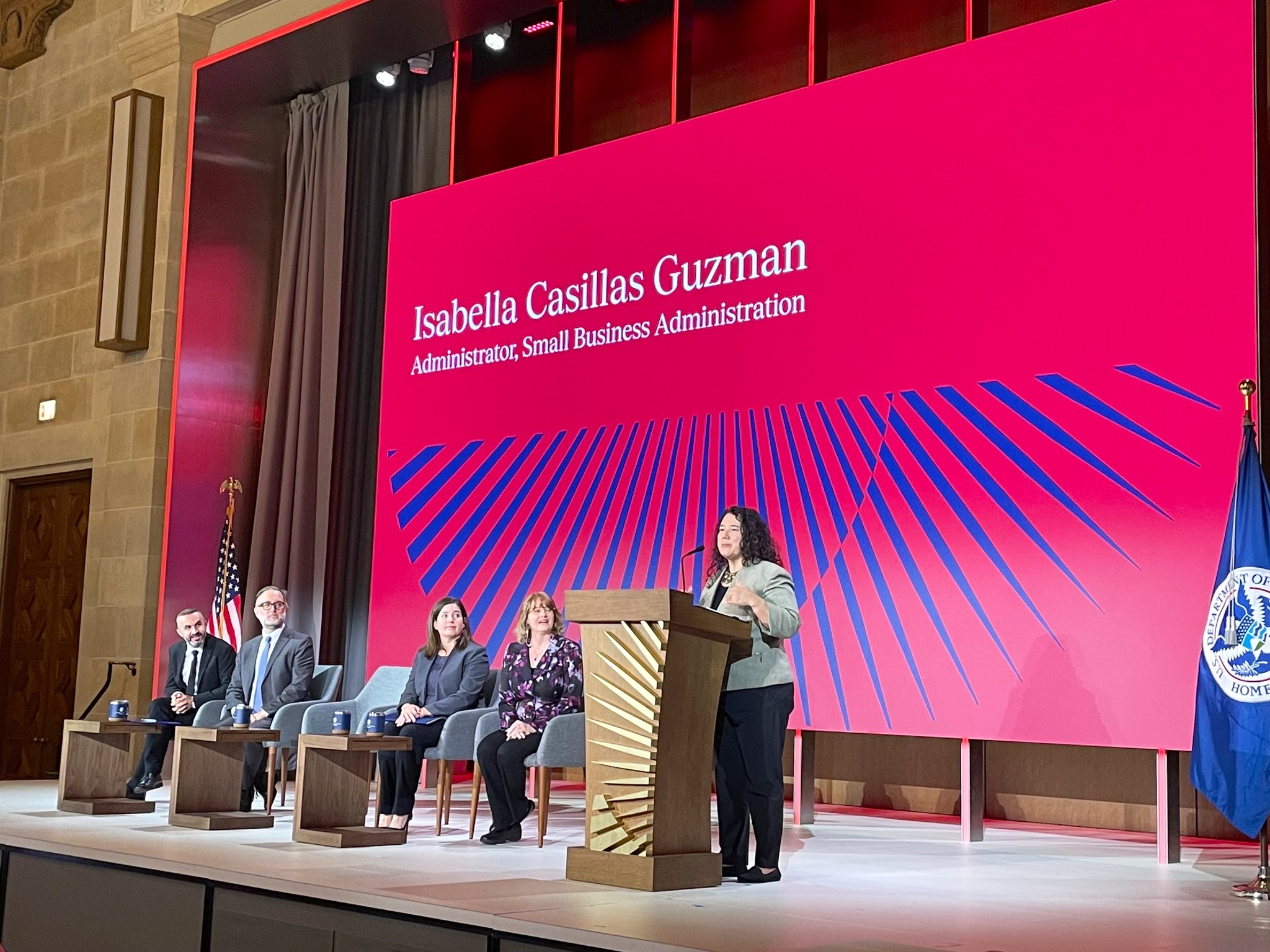Breast cancer, in five key points
With the fight against breast cancer as a bond of union, nearly one thousand Latinas met at the “Latinas unidas por la cura” (Latino women united for a cure) event, organized by the Susan G. Komen Philadelphia organization, last Saturday, March 7, in Philly.
With the fight against breast cancer as a bond of union, nearly one thousand Latinas met at the “Latinas unidas por la cura” (Latino women united for a cure) event, organized by the Susan G. Komen Philadelphia organization, last Saturday, March 7, in Philly.
Woman survivors that continue to fight, as well as friends and family members, shared their experience in a an encounter that also gathered physicians specializing in the treatment and research against one of the illnesses that hit Latinas the hardest. Among them Dr. Generosa Grana, director of the MD Anderson Cancer Center at Cooper, and Evelyn robles-Rodríguez, director of Oncology Outreach programs, who provided Al Día News with a general overview of the illness, in five key points:
1. Breast Cancer in the Latina Community.
¨In 2014, 17,100 cases of breast cancer were diagnosed in Latinas, the most common among Latino women. Given that, although less common in Latinas than in Caucasian women in the US, it is more mortal in Latinas given that the disease if frequently found in its late stages. For different reasons, at times do to unawareness, at others because they lack the resources to have a mammogram, or to visit the doctor. At times due to ignorance or fear. Many of these barriers prevent them from being tested on time”, Evelyn Robles-Rodríguez explained.
“Treatment is also lacking. The Latino and Afro American woman do not usually have access to the same treatment levels that white women in the US have access to, and this is improving. The survival rate both in the Latin and the American race has also improved, but not as much as white women, who currently have a 90-95% survival rate.
2. At what age should women begin to have mammograms, and how frequently?
¨There is a lot of debate on this matter”, Dr. Grana acknowledges. “In the US, the US Preventive Services Task Force, which sets the screening rules for the nation, says that from 50 to 70 years of age, mammograms should be performed every one or two years, but it does not set any rules regarding prior years. En truth, the majority of groups that provide recommendations, the American Cancer Association, the American Radiology Association and many others say that as of the age of 40, every one or two years, in discussions with women. And after 50, every year.”
“And talking with woman is important because at 40 cancer is less frequent, the breast is denser, it is more difficult to perform a mammography, and therefore it provides an opportunity to find more problems that are not cancer-related, but that make women anxious. That is why we must educate women and say “yes, it is important that you have a mammogram, but you must understand that they may find something that is not cancer, but don’t be afraid”.
“We recommend that woman begin screenings at 40, and 10 years before the youngest woman who has had cancer in her family. And this is important if you cancer is part of your family history, in these families screening must begin 10 years before the age at which cancer was found in the youngest woman”.
3. Is breast cancer hereditary?
¨Nearly 10 percent of breast cancer. And of this group, the risk is high and tends to occur at a young age, at times when women are in their twenties. Then there is another 20 percent of cancer that is not hereditary but in which there is a family history (a mother, a sister or someone), though not enough to be called hereditary”, Dr. Generosa Grana explains.
4. Breast cancer research.
“Studies have greatly changed the way breast cancer is treated. The survival rate in the US and Europe has greatly improved thanks to research. Today, the majority of women do not have to undergo a mastectomy. Some women do not need radiation given the studies that have taught us that it is not necessary. We have new medications, among them some that are hormonal, as well as chemotherapy and biological medicines.”
“Studies have radically changed the treatment, the diagnosis. Caring for women at risk has also changed. Previously we would see that a family history existed and did nothing. Now we know that there are certain women who have a variation of the gene, and these women need special treatment. Angelina Jolie, for example, took this to a new level because she told us that it is acceptable for a woman with this gene to opt for intervention to remove the breasts in order to prevent cancer. I believe she has done more for woman who have a high risk than many others. Because she has showed us that you can be beautiful, you can be attractive, you can be an actress and now have your own breasts. And therefore research has changed both our understanding of the risk and the treatment on many levels”, Dr. Grana stated.
(The Jolie case). “Angelina Jolie has a gene, I think it is the BRAC1. And women with that gene have an 80 percent risk of developing breast cancer throughout their lifetime and around 30 o4 0 percent chance of developing ovarian cancer. She opted to reduce the risk of breast cancer first, because ovarian cancer tends to develop later, at a more advanced age. With the mastectomies, she reduced the risk of cancer by 95 percent, not 100 percent because some cells still remain in the tissue, but she reduced it radically. She still has to determine when the next operation will be, to remove the ovaries”.
5. What is the role played by prevention?
According to Generosa Grana, “there are many studies searching for ways to prevent breast cancer. Actually, since we don’t know the cause, we don’t have the perfect prevention. We know that smoking causes lung cancer and so, if you stop smoking you are less at risk. Breast cancer has, however, shown us that there are some thing we can do. It has been proven that the later one has her menstruation, the lower the risk. Drinking alcohol is bad (more than one drink a day). We know that exercising is good. We don’t know much about our diet, but eating healthy is good, but we don’t know what we must eat to lower the risk. We are in the early stages”.
“The important thing is to have a healthy lifestyle; we know that being overweight increases the risk for many types of cancer. Therefore, it is important to eat healthy and eat moderately. And to do those things we know we should be doing, but not only to prevent cancer but also for our heart and many other things,” Robles-Rodriguez adds.
Lastly, advice for all those women who suspect that they have undiagnosed breast cancer? No one better than Lorelei McGlade, a survivor of an illness that is unfortunately present in her family (many aunts and her mother also have suffered from breast cancer). “I think that you should talk to someone. If you are scared of taking to a doctor, talk first with someone who can guide you to visit the doctor. That is the most important thing, to start treatment in order to survive. Because if you wait too long, there is a chance that you won’t”.
Nine years after being diagnosed and after seven years cooperating with Komen, Lorelei highlights the important role played by the entity organizing the event `Latinas unidas por la cura’ (Latinas united for the cure). “They teach you everything, what can happen, what you must do if something happens. This organization also helps you if you lack insurance or with the treatment. They also offer free mammograms, because there are a lot of people that don’t have insurance and where do they go? Many have no idea. Many woman I know have said, “I think I have a lump, where can I go to have a mammogram?” and I always give them the number to call Komen”.










LEAVE A COMMENT:
Join the discussion! Leave a comment.